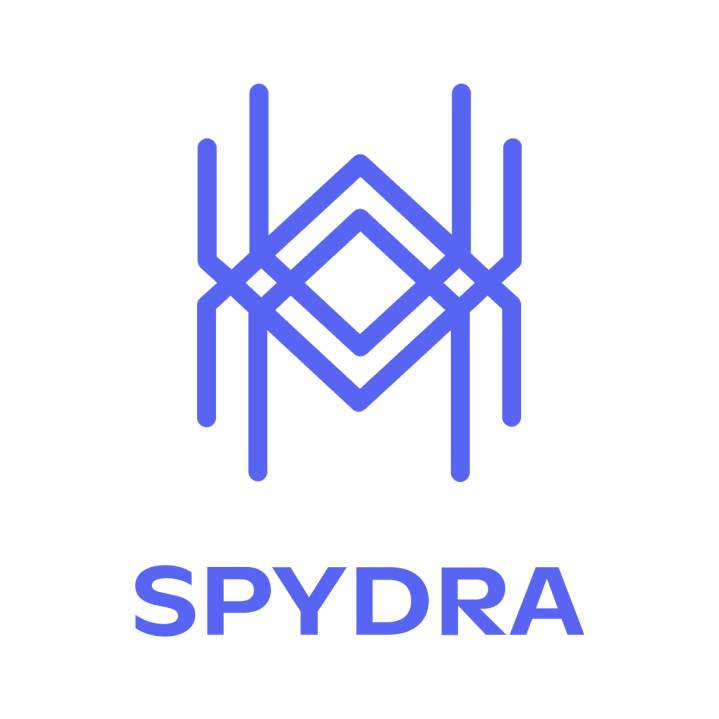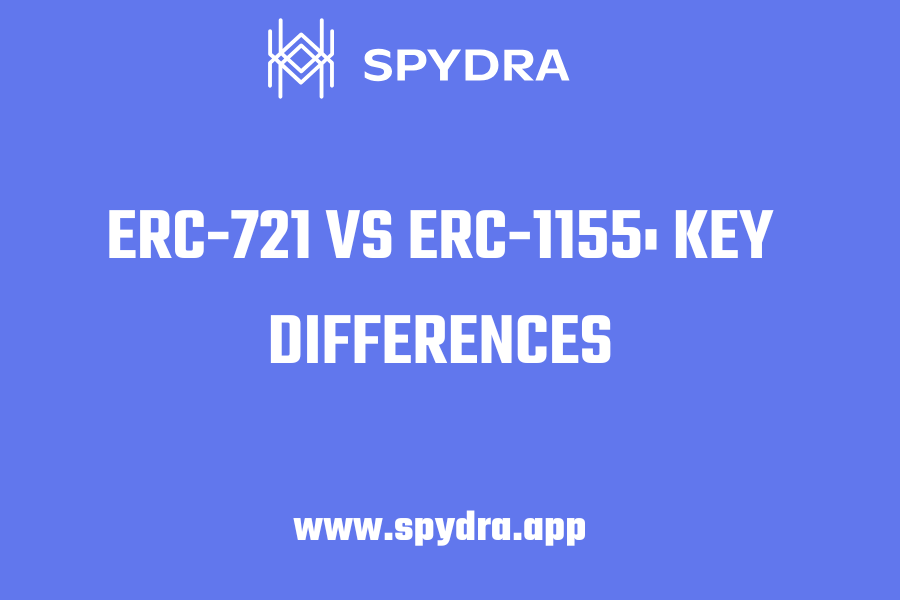NFT Standards You Need to Know: ERC-721 vs. ERC-1155
 Pravin
Pravin
Introduction
Non-Fungible Tokens (NFTs) have revolutionized digital ownership, enabling the tokenization of assets across various industries. Central to this innovation are the ERC-721 and ERC-1155 standards, which define how NFTs are created and managed on the Ethereum blockchain. Understanding these standards is crucial for businesses and developers aiming to leverage enterprise blockchain solutions and asset tokenization effectively.
Understanding ERC-721
Introduced in 2018, ERC-721 is the original standard for NFTs on the Ethereum blockchain. Each ERC-721 token is unique, representing a single asset with distinct properties. This standard is ideal for applications where individuality and scarcity are paramount, such as digital art, collectibles, and real estate tokenization.
Key Features of ERC-721:
Uniqueness: Each token has a unique identifier, ensuring no two tokens are alike.
Ownership Tracking: The standard provides a method to track ownership and transfer tokens between parties.
Interoperability: ERC-721 tokens are compatible with various platforms and marketplaces supporting the standard.
Understanding ERC-1155
Developed in 2019, ERC-1155 is a multi-token standard that supports both fungible and non-fungible tokens within a single contract. This flexibility allows developers to create complex ecosystems, such as gaming platforms, where various token types coexist.
Key Features of ERC-1155:
Batch Transfers: Enables multiple tokens to be transferred in a single transaction, reducing gas fees and improving efficiency.
Flexibility: Supports a mix of fungible, non-fungible, and semi-fungible tokens.
Reduced Complexity: Simplifies contract management by handling multiple token types under one contract.
Comparing ERC-721 and ERC-1155
| Feature | ERC-721 | ERC-1155 |
| Token Type | Non-Fungible | Fungible, Non-Fungible, Semi-Fungible |
| Batch Transfers | Not Supported | Supported |
| Contract Scope | Single Token Type per Contract | Multiple Token Types per Contract |
| Use Cases | Digital Art, Collectibles, Real Estate | Gaming Items, Digital Assets, Mixed Use Cases |
Use Cases and Applications
ERC-721: Ideal for applications requiring unique assets, such as digital art marketplaces (e.g., CryptoKitties) and real estate tokenization platforms.
ERC-1155: Suited for environments with diverse asset types, like gaming platforms (e.g., Enjin) where items can be both unique and common.
Enterprise Blockchain Solutions and Asset Tokenization
Both ERC-721 and ERC-1155 play significant roles in enterprise blockchain solutions and asset tokenization. By leveraging these standards, businesses can tokenize assets, enhance liquidity, and streamline transactions. For instance, real estate companies can use ERC-721 to tokenize properties, allowing fractional ownership and easier transferability. Similarly, gaming companies can utilize ERC-1155 to manage in-game assets efficiently.
Conclusion
Understanding the distinctions between ERC-721 and ERC-1155 is essential for selecting the appropriate standard for your NFT project. ERC-721 offers uniqueness and is ideal for singular assets, while ERC-1155 provides flexibility and efficiency for managing multiple token types. By aligning your project's requirements with the right standard, you can effectively leverage enterprise blockchain solutions and asset tokenization to achieve success.
Subscribe to my newsletter
Read articles from Pravin directly inside your inbox. Subscribe to the newsletter, and don't miss out.
Written by

Pravin
Pravin
Integrate Spydra’s easy-to-use APIs to tokenize your assets for more secure, transparent and reliable data exchange in supply chain, financing, cross-industry processes etc.